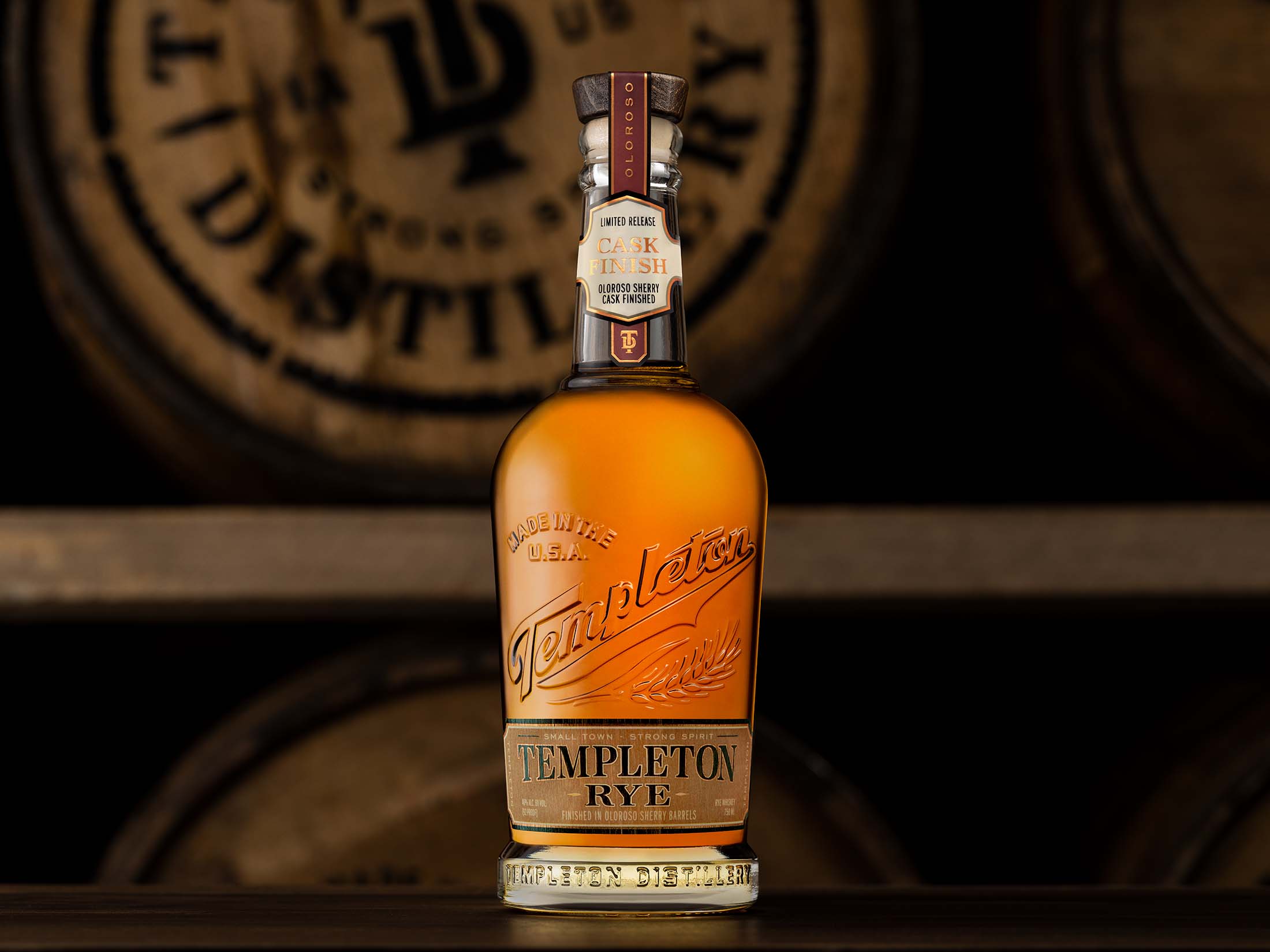What are the Different Whiskey & Bourbon Grains?

Whiskey and bourbon are both distilled spirits that can be made from a wide range of grains. Whiskey cask influence of grains used in the mash invoice (the combination of grains used to produce the whiskey) plays a big function in determining the flavour profile of the ultimate product. Here are some common grains utilized in whiskey and bourbon production:
Common Grains in Whiskey and Bourbon:
Corn: Corn is a primary ingredient in bourbon, contributing a candy and full-bodied taste. For a whiskey to be legally labeled as bourbon within the United States, it must have a mash invoice that accommodates a minimum of 51% corn.
Barley: Barley is often utilized in whiskey manufacturing and is a key ingredient in plenty of Scotch whiskies. It adds a malty flavor and can contribute to the overall complexity of the spirit. Bourbon recipes sometimes embody a smaller percentage of barley.
Rye: Rye is a grain that imparts a spiciness to the whiskey. Rye whiskey, by definition, must have a mash invoice with a minimal of 51% rye. High-rye bourbons comprise the next share of rye than traditional bourbons, giving them a spicier character.

Wheat: Wheat is thought for its smooth and mellow traits. Wheated bourbons, like these produced by some well-known manufacturers, have a softer and sweeter flavor profile because of the next proportion of wheat within the mash invoice.
Types of Whiskey Based on Grains:
Bourbon: Bourbon is a type of American whiskey with specific legal necessities. It must be made from a mash invoice containing a minimal of 51% corn, distilled to not more than a hundred and sixty proof, and aged in new charred oak barrels. The use of the time period "straight bourbon" implies that the whiskey has been aged for no much less than 4 years.
Rye Whiskey: Rye whiskey, whether or not American or Canadian, will need to have a mash invoice with at least 51% rye. It tends to have a spicier and extra robust taste in comparability with bourbon.
Scotch Whisky: Scotch whisky is primarily produced from malted barley and aged in oak barrels in Scotland. Single malt Scotch is created from 100 percent malted barley at a single distillery, while blended Scotch combines single malt and grain whiskies from completely different distilleries.
Irish Whiskey: Irish whiskey could be made from a mixture of malted and unmalted barley and other grains. It tends to be triple-distilled for smoothness and may have a diverse flavor profile.
These are basic tips, and the particular grains and proportions used can vary between completely different manufacturers and expressions within every class. The alternative of grains, together with different factors like fermentation, distillation, and getting older processes, contributes to the unique characteristics of every whiskey or bourbon..
